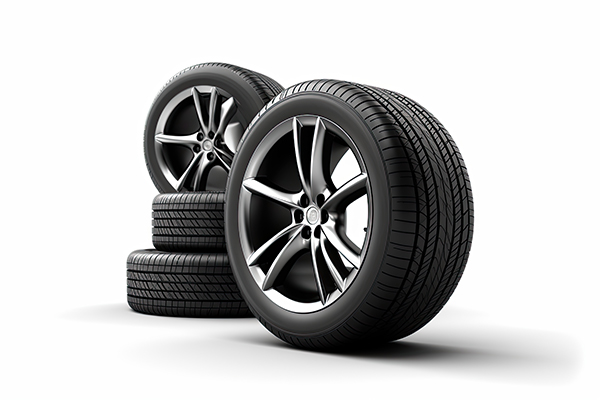
Maintaining the correct tire pressure is crucial for both vehicle performance and safety. Proper tire pressure ensures optimal handling, improves fuel efficiency, and extends tire life. However, many drivers may not be aware of the recommended tire pressure for their vehicles or how to check and adjust it.
Tire pressure refers to the amount of air inside a tire, measured in pounds per square inch (PSI). Every vehicle has a specific recommended tire pressure, which can usually be found in the owner's manual or on a sticker located on the driver's side door jamb or inside the fuel door. It's essential to adhere to these recommendations to ensure optimal vehicle performance, safety, and tire longevity.
Problems with Incorrect Tire Pressure
Driving with underinflated or overinflated tires can have adverse effects on your vehicle's performance and safety. Underinflated tires can lead to increased rolling resistance, reduced fuel efficiency, poor handling, and premature tire wear. On the other hand, overinflated tires can result in a harsher ride, decreased traction, uneven tire wear, and potential blowouts, especially in hot weather or under heavy loads.
Determining the Correct Tire Pressure
To determine the correct tire pressure for your vehicle, refer to the recommended PSI provided by the manufacturer. As mentioned before, this information can typically be found in the owner's manual, on a sticker inside the driver's side door jamb, or inside the fuel door. Please do not use the PSI listed on the tire sidewall, as this number represents the maximum pressure the tire can handle, not the recommended operating pressure for your vehicle.
Checking and Adjusting Tire Pressure Regularly
Regularly monitoring tire pressure is essential for maintaining optimal vehicle performance and safety. You can do this by using a quality tire pressure gauge to measure the pressure in each tire when they are cold, meaning the vehicle has not been driven for several hours. Remove the valve cap, press the gauge firmly onto the valve stem, and note the pressure reading.
If the tire pressure is below the recommended level, add air to the tire until it reaches the specified PSI. Use an air compressor at a gas station or invest in a portable air compressor for convenience. If the tire pressure is too high, release air by pressing the center pin in the valve stem until the correct pressure is reached.
By adhering to the manufacturer's recommendations and regularly checking and adjusting tire pressure, you can enjoy improved vehicle performance, better fuel efficiency, and increased safety on the road. If you're unsure about how much air to put in your tires or need assistance with tire maintenance, don't hesitate to visit Strande's Garage for professional assistance.